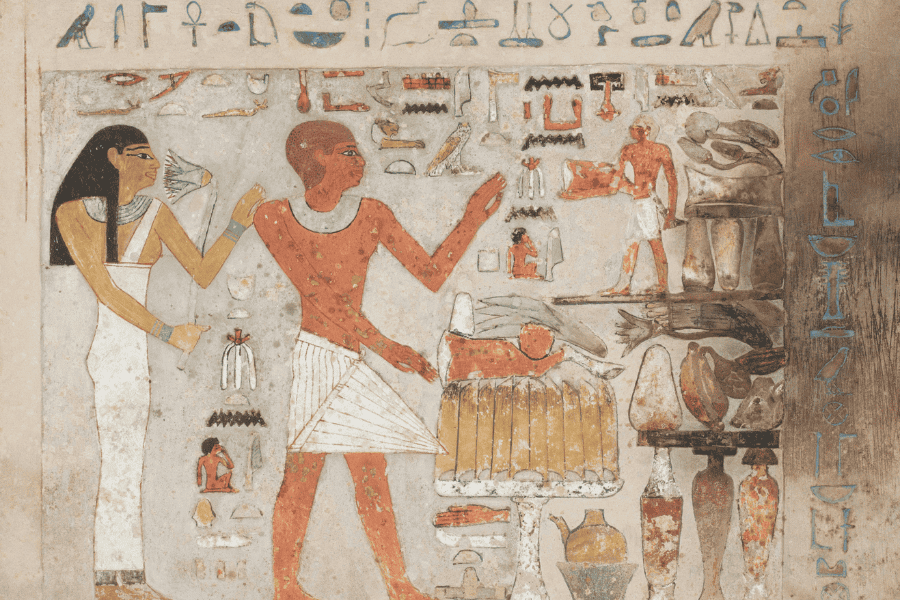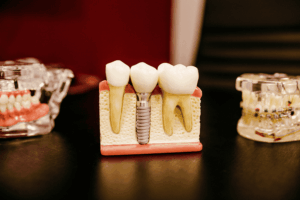Discover how thermal imaging evolved from early medicine to a trusted diagnostic tool used today.
Ancient Roots of Thermography
The idea that heat reveals health isn’t new; it dates back thousands of years.
- 1700 BC: Egyptian papyrus links temperature changes to illness
- 400 BC: Greek physicians applied mud to the skin, observing drying patterns to detect “hot” areas of the body
- Hippocrates stated: “In whatever part of the body excess of heat or cold is felt, the disease is there to be discovered.”
These early insights laid the groundwork for modern thermographic imaging, which now uses digital infrared cameras to detect heat as an indicator of inflammation and dysfunction.
The Evolution of Temperature Measurement
As medicine advanced, so did the desire to measure heat precisely:
- 2nd Century AD: Hero of Alexandria created a primitive “thermoscope”
- Late 1500s: Galileo refined it, leading to early thermometers
- 1700s–1800s: Fahrenheit and Celsius temperature scales were established
- 1800: Sir William Herschel discovered infrared radiation, the invisible light emitted as heat, paving the way for modern thermal imaging
Technological Breakthroughs in Infrared Imaging
- 1835: The first thermo-electrical device confirmed that inflamed areas of the body emitted more heat
- 1920s–1950s: Infrared photography and military research accelerated sensor technology
- Post-WWII: Infrared imaging was declassified and began appearing in clinical research
Thermography Enters Modern Medicine
- 1960s–70s: Clinical studies and physician organizations were established around thermography
- 1972: U.S. Health authorities recognized thermography as “beyond experimental” for uses like breast health assessment
- 1982: The FDA approved medical thermography for clinical use
- Today: High-resolution infrared cameras allow for non-invasive, radiation-free imaging of inflammation, vascular function, and neurological conditions
Current Medical Uses for Thermography
Thermography is now used in:
- Breast health screening
- Early inflammation detection
- Vascular and neurological assessment
- Chronic pain management
- Sports medicine injury support
- Oral-systemic evaluations (e.g., dental infections)
It’s particularly valued for its preventive health capabilities, identifying issues before symptoms arise or structural damage occurs.
Frequently Asked Questions
Q: What is thermography?
It’s a non-invasive imaging method that maps the body’s surface temperature to detect inflammation, circulation changes, and abnormal heat patterns.
Q: Is thermography safe?
Yes! It uses no radiation, no compression, and requires no physical contact.
Q: How does it compare to X-rays or mammograms?
Thermography doesn’t replace traditional imaging but complements it by identifying functional issues (like inflammation) that structural scans might miss.
Q: What does it detect best?
Inflammation, vascular stress, lymphatic congestion, breast tissue changes, and neurological patterns.
Q: How long does a scan take?
Most appointments take 15–30 minutes, depending on the area being imaged.
Q: Is preparation required?
Yes. You’ll be asked to avoid deodorants, lotions, intense exercise, or hot showers for a few hours before your appointment.
Q: Is it covered by insurance?
Coverage varies. Some insurers offer partial reimbursement; check with your provider.
Why This Matters
Understanding the history of thermography shows us how ancient wisdom meets modern science. Today, this tool offers a gentle, early-detection approach to help individuals take control of their health naturally and proactively.
Thermography helps reveal what your body is saying, before symptoms speak louder.
Ready to Experience the Benefits of Thermography?
Book a scan and discover how this powerful imaging tool can support your journey toward preventive, whole-body wellness.




